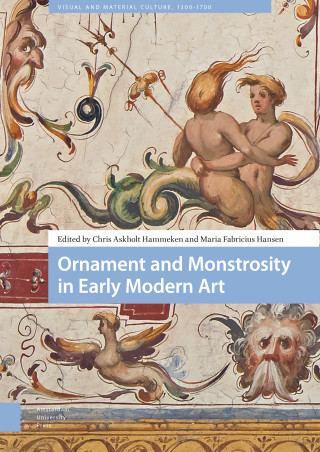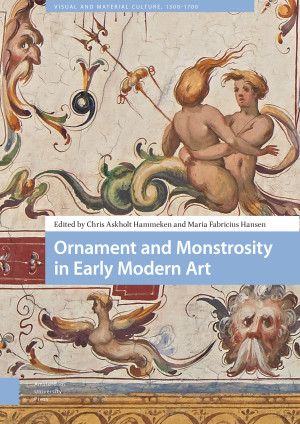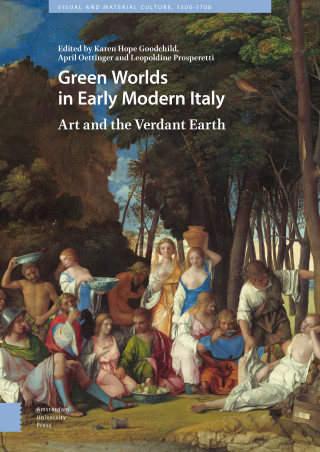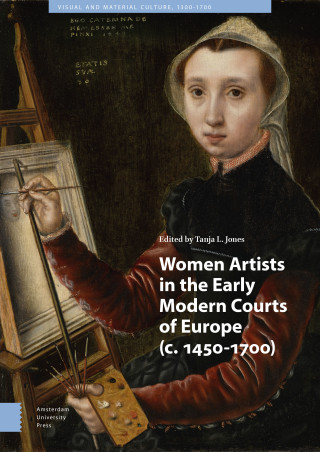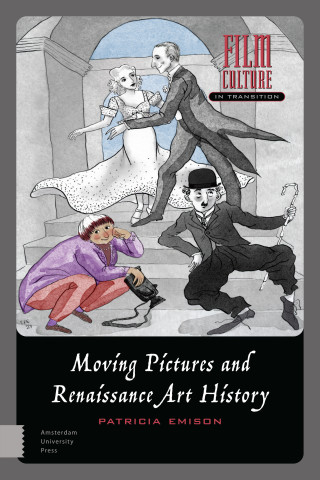Early modern art features a remarkable fascination with ornament, both as decorative device and compositional strategy, across artistic media and genres.
Interestingly, the inventive, elegant manifestations of ornament in the art of the period often include layers of disquieting paradoxes, creating tensions - monstrosities even - that manifest themselves in a variety of ways. In some cases, dichotomies (between order and chaos, artificiality and nature, rational logic and imaginative creativity, etc.) may emerge. Elsewhere, a sense of agitation undermines structures of statuesque control or erupts into wild, unruly displays of constant genesis.
The monstrosity of ornament is brought into play through strategies of hybridity and metamorphosis, or by the handling of scale, proportion, and space in ambiguous and discomforting ways that break with the laws of physical reality. An interest in strange exaggeration and curious artifice allows for such colossal ornamental attitude to thrive within early modern art.
